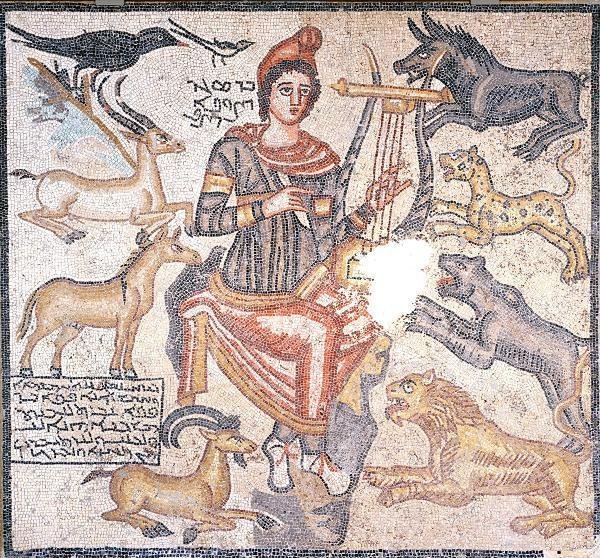A TERRA-COTTA ANTIQUITY THAT ARRIVED AT A TURKISH MUSEUM BY MAIL
06.10.2015 | Hyperallergic
The Bronze Age terra-cotta bull recently returned to the Antalya Museum (all photos courtesy the Turkish Ministry of Culture and Tourism)
On August 26, the Antalya Museum in Konyaaltı, Turkey, received an unexpected package from Vienna. When the museum’s staff opened the box, they found a small terra-cotta bull figure. In a note found inside the package a man named Manfred Weinwurm said that he had bought the bull figure from a small shop during a visit to Antalya in 1963. After more than 50 years, Weinwurm decided to return this historical artifact to its homeland.
The Bronze Age terra-cotta bull recently returned to the Antalya Museum
The Turkish Ministry of Culture and Tourism has managed to secure the repatriation of 116 artifacts since 2013. “I have repeatedly called for the returning of artifacts that belong to this land,” Ömer Çelik, Turkey’s former Minister of Culture and Tourism, said in a press statement. “What makes me happy is to see the citizens of different nations, from the United States to the United Kingdom, returning the artifacts that somehow they have obtained. I appreciated the last example of this behavior from Austria. Manfred Weinwurm sent a bull figure from Vienna to the Antalya Museum. The package also contained a note in German addressed to the Antalya Museum. The terra-cotta artifact is from the Bronze Age [ca. 3000–1200 BCE] and is now in the place where it belongs, the Antalya Museum.”
Over the past decade, more than 4,000 artifacts from different countries have been returned to Turkey. In 2011, the Museum of Fine Arts, Boston returned the marble statue “Weary Herakles,” which dates from the mid-to-late second century of the current era, to Turkish officials. The long process of returning of the Herakles statue started in 1990. While it was on loan to New York’s Metropolitan Museum of Art, a scholar noted the bust’s similarity to the bottom half of a marble statue on display at the Antalya Museum. Shortly thereafter, the Turkish government requested its return; in 1992, they even made casts of the two objects to see if they fit together. The MFA and Turkey initiated negotiations after it was determined that the two parts of the Herakles statue fit together. On September 22, 2011, an agreement was signed by the Turkish government and the MFA, returning the upper part of the sculpture to Turkey. The sculpture was finally repatriated aboard the Turkish Prime Minister’s plane.
“Orpheus Taming Wild Animals” (194 CE) (via Wikimedia Commons)
On December 3, 2012, the Dallas Museum of Art and the former Turkish Director General for Cultural Heritage and Museums, O. Murat Süslü, signed a memorandum of understanding about returning the Orpheus Mosaic. The mosaic had been looted from Şanlıurfa in southeastern Turkey in 1998. A photograph provided by the Sanliurfa Prosecutor’s Office was accepted as evidence of looting. “We want to express our appreciation to the Museum for its ethical perspective during negotiations regarding the Orpheus Mosaic,” Süslü said at the time. “With actual photos of the looting in progress that we were able to present, it could not be clearer that this ancient work was stolen from its archaeological site. We are very pleased the mosaic will return to Turkey, and equally pleased to enter this ongoing relationship with the Dallas Museum of Art.” On December 6, 2012, the Orpheus Mosaic was taken to the Istanbul Archaeological Museum and exhibited as a success story. The mosaic was brought back to Şanlıurfa after the opening of the new Şanlıurfa Museum in 2015.


